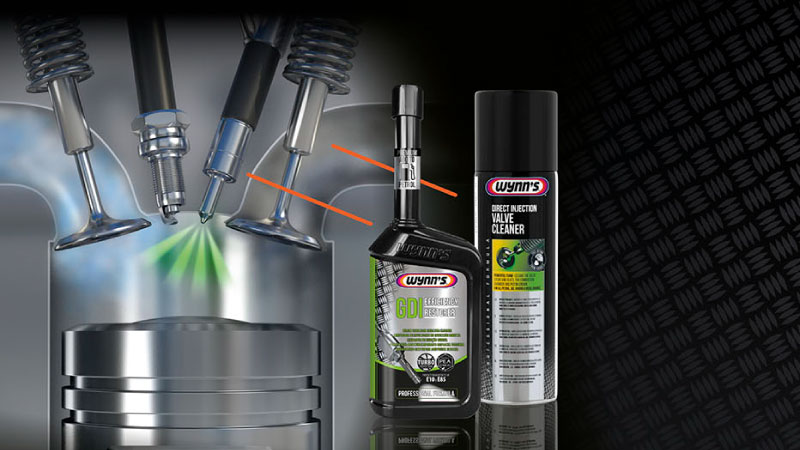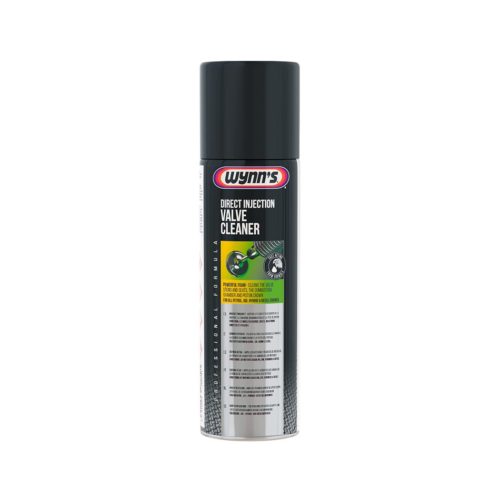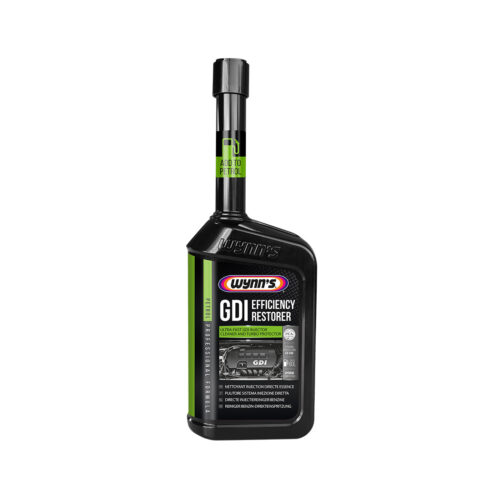Traditional engines vs. Direct Injection engines
In a traditional petrol injection engine, fuel is sprayed into the intake system, where it is mixed with the air before being sucked into the combustion chamber and ignited. This method offers far from perfect efficiency as the fuel/air mix is not uniform. Some fuel would also evaporate before reaching the combustion chamber. Direct injectors are located in the cylinder head and spray very finely atomised fuel directly into the combustion chamber. This method allows for a near perfect fuel/air mixture ensuring efficient combustion, excellent performance, lower fuel consumption and reduced exhaust emissions.
Direct Injection engines are extremely sensitive to contamination
Gasoline direct injection engines and their components are engineered to very exacting tolerances and operate under severe conditions. Direct injection engines use smaller and lighter engines with a turbocharger but operate at higher temperatures and pressure. They produce more NOx and particulates requiring the engine to be equipped with EGR valves and particulate dilters and the fuel system to be treated with the latest additives technologies.
STEP 1: DIRECT INJECTION VALVE CLEANER
- Cleans valve stems and seats
- Cleans the combustion chamber and piston crown
- Restores correct air flow to the engine
- Restores correct engine operation
STEP 2: GDI EFFICIENCY RESTORER
- Rapidly restores injector flow rates and spray patterns
- Reduces the risk of engine damage from Low Speed Pre-Ignition (LSPI)
- Maintains EGR, Turbo, CAT and GPF cleanliness
- Protects against corrosion created by E10/E85 bio-petrol for up to 10,000 km




Leave A Comment